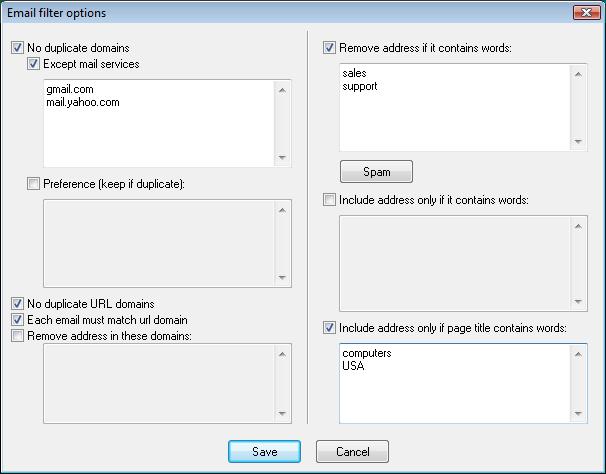

- #WEB DATA EXTRACTOR 8.2 HOW TO#
- #WEB DATA EXTRACTOR 8.2 SOFTWARE#
Select the category for the source type by selecting the category you want from the "Category" drop-down.In the dialog that appears, type in a name and description for the new source type.Otherwise, click the Save As button to save the settings as a new source type. If you don't want to save the settings as a new source type, return to Step 4.Otherwise, configure event formatting by modifying the timestamp, event breaking, and delimited settings until the previewed events look the way that you want. If the events appear to be formatted correctly, click "Next" to proceed to the "Modify input settings" page.The events are formatted based on the current source type. Review the events in the preview pane on the right side of the page.For example, if you upload a CSV file, it sets the source type to csv. It sets the source type of the data based on its interpretation of that data. Splunk Web loads the "Set Source type" page.
Specify the structured data file that you want the software to monitor.  From the Add Data page in Splunk Web, choose Upload or Monitor as the method that you want to add data. This page lets you preview how your data will be indexed. When you upload or monitor a structured data file, Splunk Web loads the "Set Source type" page.
From the Add Data page in Splunk Web, choose Upload or Monitor as the method that you want to add data. This page lets you preview how your data will be indexed. When you upload or monitor a structured data file, Splunk Web loads the "Set Source type" page. 
Use Splunk Web to extract fields from structured data files
For more general information about configuration files, see About configuration files in the Admin manual. For information on how to adjust timestamps when previewing indexing results, see Adjust time stamps and event breaks. For information on how to set source types when importing structured data files, see The "Set source type" page. More information on source types and time stamps It does not work with modular inputs, network inputs, or any other type of input. Inputs that use the oneshot input type (or through the "Upload" feature in Splunk Web.). File-based inputs only (such as monitoring files, directories, or archives.). This feature works with the following input types: Input types that the indexed field extraction feature supports ,error,"No space left on device",T06:35:00







 0 kommentar(er)
0 kommentar(er)
